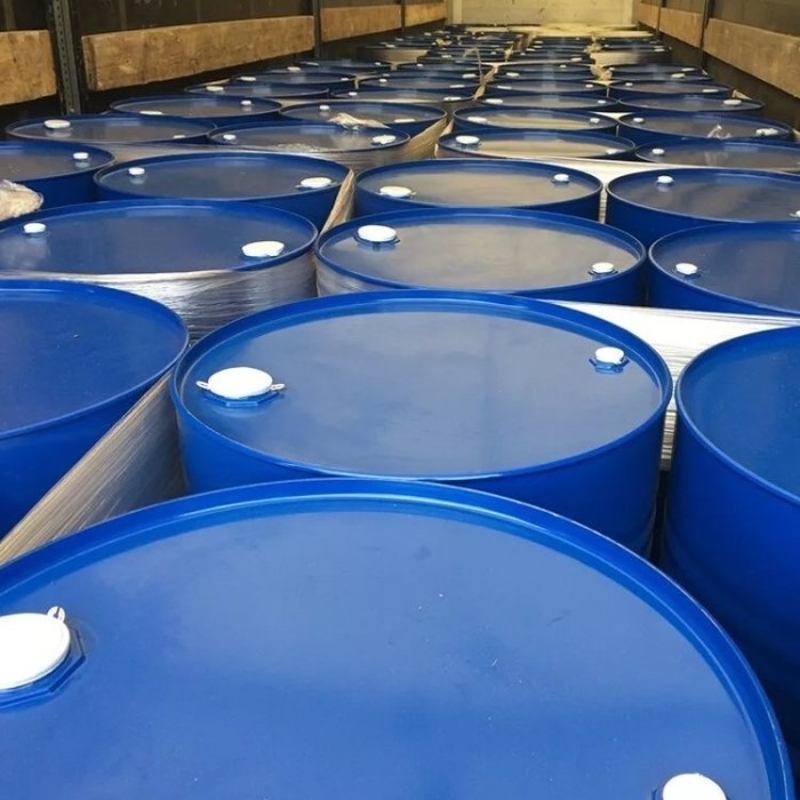Catalyst and Auxiliary
- • Antioxidants (109)
- • UV Absorbers (92)
- • Polyethylene Glycol Derivatives (66)
- • Fluorescent Brightener (62)
- • Plastic Rubber Chemicals (89)
- • Polymer (464)
- • Precious Metal Catalysts (239)
- • Coupling Agent (8)
- • Zeolite (5)
- • Flame Retardants (10)
- • Petrochemical (22)
Related News
-
ECHEMI High Quality Inquiries (1-5 July)
2024-07-08 -
The Global Polyethylene Market May Not Recover Until 2025
2023-12-01 -
S & P Global: Global polyethylene and acryline profit margins will remain low
2023-04-03 -
Competition in polyethylene industry willintensify with 2.2 million tons/year capacity coming on stream
2022-11-15 -
Global polyolefin market indicators will remain depressed
2022-11-02 -
Dow Cuts Production by 15%! Global Polyethylene Production Capacity Declines!
2022-09-01
Polyethylene Glycol Derivatives
-
Industrial Grade / 99%
-
Pharmacy Grade / 99%
-
![Tetraethyleneglycol monodecyl ether buy Tetraethyleneglycol monodecyl ether]()
Industrial Grade / 99%
-
![Tetraethyleneglycol monodecyl ether buy Tetraethyleneglycol monodecyl ether]()
Request for quotation , get quotes from more suppliers.
-
![TRIETHYLENE GLYCOL MONOTETRADECYL ETHER CAS NO 26826-30-2 buy TRIETHYLENE GLYCOL MONOTETRADECYL ETHER CAS NO 26826-30-2]()
Industrial Grade, Feed Grade, Food Grade, Pharma Grade / 99%
$11.11/KG EXW
-
![TRIETHYLENE GLYCOL MONOTETRADECYL ETHER buy TRIETHYLENE GLYCOL MONOTETRADECYL ETHER]()
-
![TRIETHYLENE GLYCOL MONOTETRADECYL ETHER buy TRIETHYLENE GLYCOL MONOTETRADECYL ETHER]()
Industrial Grade / 99%
-
![2-[2-(2-tetradecoxyethoxy)ethoxy]ethanol buy 2-[2-(2-tetradecoxyethoxy)ethoxy]ethanol]()
Request for quotation , get quotes from more suppliers.
-
![TRIETHYLENE GLYCOL MONOHEXADECYL ETHER* buy TRIETHYLENE GLYCOL MONOHEXADECYL ETHER*]()
-
![TRIETHYLENE GLYCOL MONOHEXADECYL ETHER* buy TRIETHYLENE GLYCOL MONOHEXADECYL ETHER*]()
-
![TRIETHYLENE GLYCOL MONOHEXADECYL ETHER* buy TRIETHYLENE GLYCOL MONOHEXADECYL ETHER*]()
Industrial Grade / 99%
-
![TRIETHYLENE GLYCOL MONOHEXADECYL ETHER* buy TRIETHYLENE GLYCOL MONOHEXADECYL ETHER*]()
Request for quotation , get quotes from more suppliers.
-
![triethylene glycol monooctadecyl ether buy triethylene glycol monooctadecyl ether]()
Industrial Grade / 99%
-
![2-[2-(2-octadecoxyethoxy)ethoxy]ethanol buy 2-[2-(2-octadecoxyethoxy)ethoxy]ethanol]()
-
![C18E3 buy C18E3]()
Request for quotation , get quotes from more suppliers.
Source Polyethylene Glycol Derivatives Raw Materials by Region
More Information
Polyethylene glycol (PEG) is an important chemical polymer that has found its application in numerous fields due to its flexibility and non-toxicity. It exists in several molecular weights, which set its properties and is classified as polyethylene glycol. This categorization guarantees that PEG fits the specific needs of various applications from the pharmaceutical to the industrial application. The polyethylene glycol solution is readily soluble, non-toxic and chemically stable, which makes it an ideal ingredient for formulation that demands reliability in terms of performance.
The versatility of polyethylene glycol makes it one of the most important raw materials in many industries. Its adaptability allows it to be used effectively in:
● Pharmaceutical excipients in drug delivery systems
● Samples of personal care products include creams, lotions and toothpaste.
● Lubricants for industrial and anti-foaming agents.
● Food processing's role in stabilizing and emulsifying
● Textile manufacturing process for fabric treatments.
● Paints and coatings to be used as a binder or a dispersing agent
















![2-[2-(2-octadecoxyethoxy)ethoxy]ethanol buy 2-[2-(2-octadecoxyethoxy)ethoxy]ethanol](https://file.echemi.com/fileManage/upload/cas/478/4da0219f-adce-453b-8082-2320e7b4a111.png)
